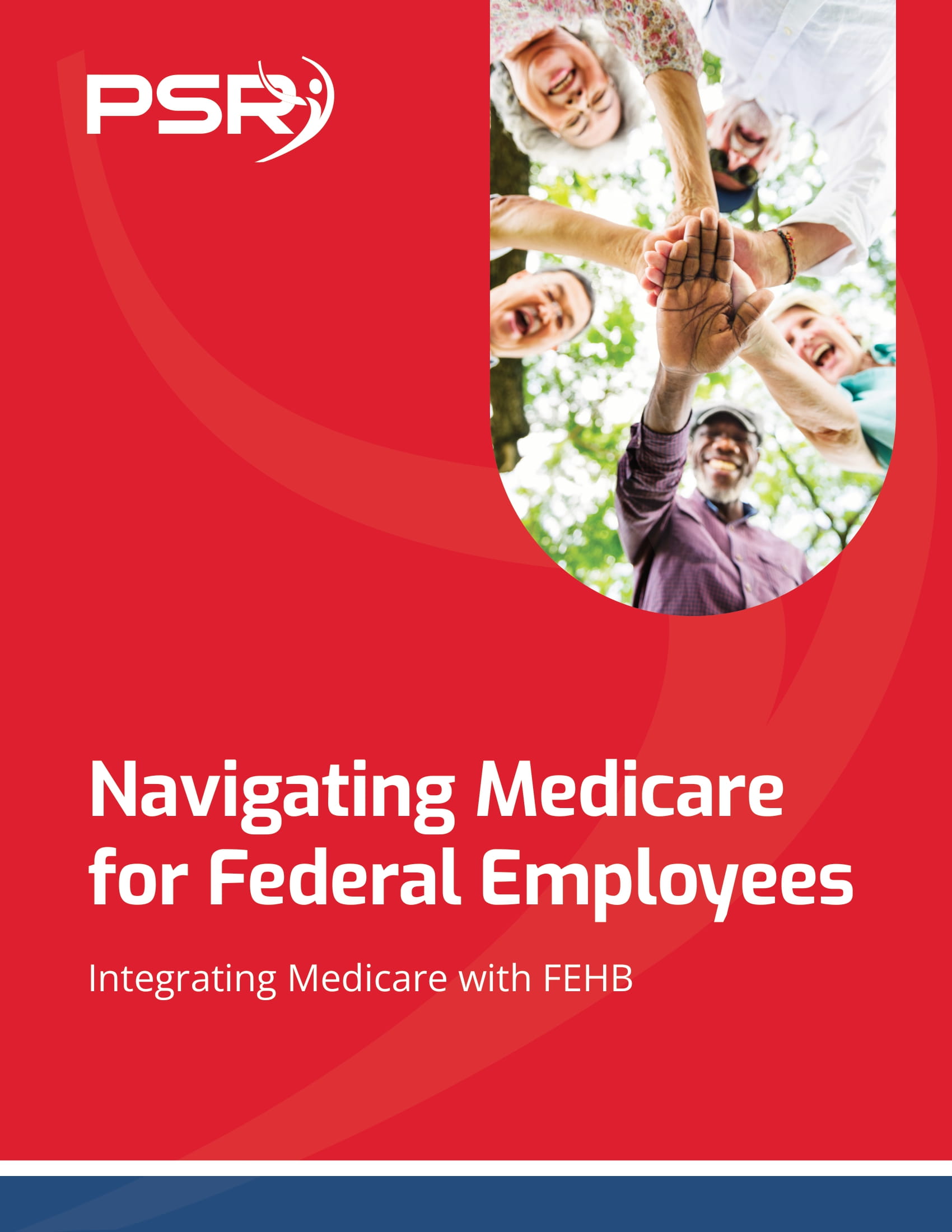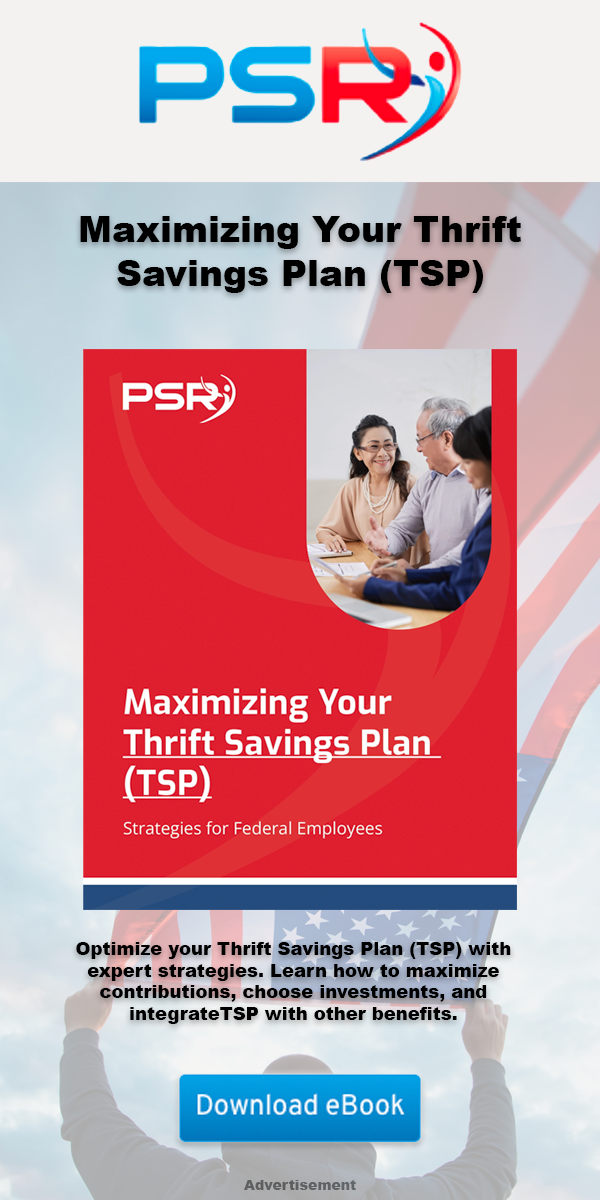Key Takeaways
- Medicare can significantly enhance your federal health benefits when turning 65, but understanding how it interacts with your FEHB plan is crucial.
- Federal employees can save money and avoid penalties by carefully timing Medicare enrollment and making the right coverage choices.
Medicare at 65—How to Navigate It with Your FEHB Plan
Turning 65 is a huge milestone for federal employees, and it comes with a major healthcare decision: what to do about Medicare. If you’re already covered by the Federal Employee
- Also Read: The Latest Federal Employee News You Need to Know to Protect Your Retirement
- Also Read: Ready for Retirement? Here’s How Law Enforcement Officers Can Leave the Job with Benefits Intact
- Also Read: FAA, Law Enforcement, and Special Federal Employee Categories—Here’s What Makes Their Retirement Unique
But you need to know how to coordinate them effectively. Let’s walk through the key points you need to understand, so you can avoid the headache and get it right.
Medicare Parts A and B: What Should You Enroll In?
When you become eligible for Medicare at age 65, you’ll be offered different parts of the program, each covering a specific set of healthcare services. For federal workers, the most important ones to consider are Medicare Part A and Part B.
-
Part A (Hospital Insurance): This covers inpatient care, skilled nursing facilities, hospice, and some home health care. Most people are eligible for premium-free Part A because of payroll taxes paid during their working years.
-
Part B (Medical Insurance): This covers outpatient care, doctor visits, preventive services, and medical equipment. Part B requires a monthly premium, which in 2024 is $174.70. Deciding whether to enroll in Part B can be tricky if you already have FEHB coverage.
Since Part A is typically free, most retirees sign up without hesitation. Part B, however, comes with a premium, so you’ll need to weigh the cost against the potential benefits of having Medicare cover outpatient services alongside your FEHB plan. It’s worth noting that if you delay Part B enrollment, you could face penalties later.
Timing Is Key: Don’t Miss Your Enrollment Window
One of the most important aspects of getting Medicare right is timing. Missing the proper enrollment period can lead to permanent penalties and higher premiums for life.
Here’s how it works:
-
Initial Enrollment Period (IEP): This is a 7-month window that starts 3 months before your 65th birthday, includes your birthday month, and ends 3 months after. If you’re still working at 65 and covered by FEHB, you can delay Medicare Part B without penalties, but you must sign up within this period once you retire.
-
Special Enrollment Period (SEP): If you delay Part B because you’re still working and covered by FEHB, you’ll qualify for a SEP after you retire. You’ll have an 8-month window to sign up for Part B without penalty once you leave your job or lose FEHB coverage.
If you miss these windows, you could face late enrollment penalties, which increase your Part B premium by 10% for each year you delay signing up.
Should You Keep Both Medicare and FEHB?
The big question for many federal workers turning 65 is whether to keep both Medicare and FEHB. In most cases, the answer is yes, because they can work together to give you comprehensive coverage and reduce your out-of-pocket expenses.
Here’s how the two programs interact:
-
Medicare as Primary Insurance: Once you retire and enroll in Medicare, Medicare becomes your primary insurance, and FEHB acts as your secondary plan, filling in the gaps for costs like copayments, coinsurance, and deductibles. This arrangement often leads to lower overall healthcare costs.
-
FEHB Alone: Some retirees choose to skip Medicare Part B and stick with FEHB only. While this might save you the monthly Part B premium, it could lead to higher out-of-pocket costs for doctor visits and outpatient care, especially as your healthcare needs increase with age.
2024 Update: FEHB Premiums Increase by 7.7%
It’s important to know that FEHB premiums have gone up. In 2024, the average FEHB premium increased by 7.7%. This rise in premiums means that more retirees are considering adding Medicare to their coverage to help manage costs. By having Medicare as your primary insurance and FEHB as secondary, you could potentially save money on copayments and deductibles.
Medicare Part B: Is It Worth the Extra Cost?
For many federal retirees, the decision to enroll in Medicare Part B boils down to cost versus benefit. If you expect higher healthcare needs as you age, Part B can cover essential outpatient services that your FEHB plan might not fully cover. Additionally, combining Medicare with FEHB can significantly lower out-of-pocket expenses, especially for frequent doctor visits or medical procedures.
However, Part B comes with a monthly premium that you’ll need to consider alongside your FEHB premiums. In 2024, the standard Part B premium is $174.70, though it could be higher for individuals with higher incomes. This premium might feel like an unnecessary expense if your FEHB coverage already meets your needs. But skipping Part B now and deciding to enroll later will result in a permanent penalty, so make sure you’re considering your future healthcare costs.
Avoiding Medicare Penalties: How to Get It Right
Nobody wants to pay more than they have to, and Medicare penalties can last a lifetime if you miss key enrollment periods. Here’s how to avoid the most common mistakes:
-
Enroll in Medicare Part A on time: Since it’s usually free, there’s no reason not to sign up for Part A when you turn 65, even if you’re still working and covered by FEHB.
-
Consider enrolling in Medicare Part B: If you decide to delay Part B because you’re still employed, make sure you understand the rules about Special Enrollment Periods. Once you retire, you’ll need to sign up for Part B within 8 months to avoid penalties.
-
Don’t ignore the costs of skipping Part B: If you don’t enroll in Part B when you’re first eligible and you sign up later, you’ll face a 10% increase in your premium for each year you were eligible but didn’t enroll. That penalty sticks with you for life.
Wrapping It All Up: Coordinating Medicare with Your Federal Benefits
Medicare doesn’t have to be a confusing headache when you turn 65. By understanding how it works with your FEHB plan, you can make smart choices that keep your healthcare affordable and comprehensive. Whether you decide to enroll in both Medicare Parts A and B or stick with just FEHB, the key is to plan ahead, avoid penalties, and make the most of the healthcare benefits you’ve earned over your career.
Remember, Medicare and FEHB are designed to work together. By combining them, you’ll likely pay less out-of-pocket for your healthcare needs while still enjoying coverage for services Medicare doesn’t offer, like dental, vision, and prescription drugs. Take the time to understand your options, and you’ll be well on your way to a smooth transition into retirement with healthcare that works for you.











